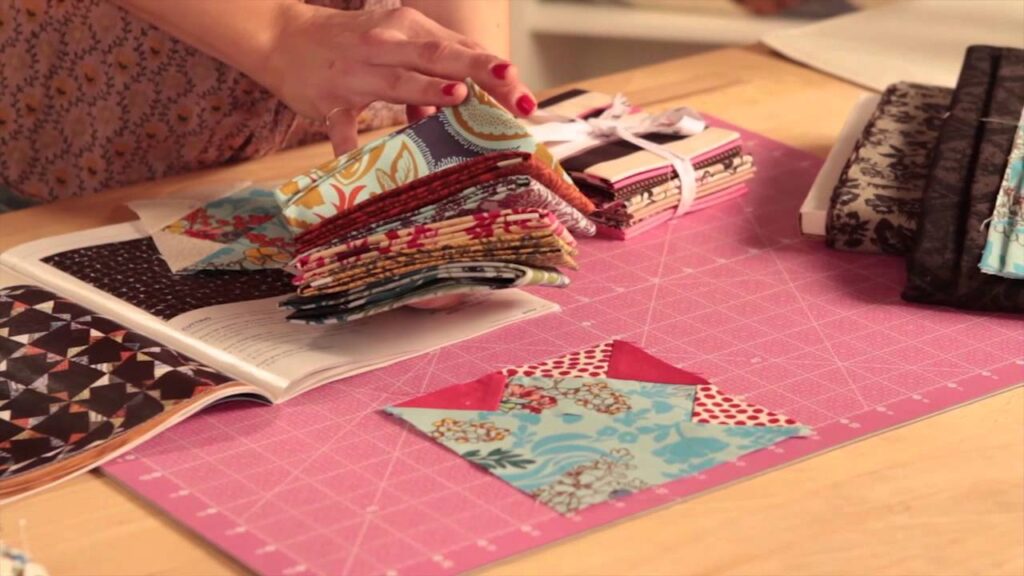Sewing Success Begins With the Right Material
Successful sewing projects begin with the right fabric for the job.
Successful sewing projects don’t just happen. They begin with the right fabric for the job. Here are some factors to keep in mind.
Different Fabrics for Different Purposes
Start by focusing on the intended use or function of the item you’re making. Then, visit the appropriate department when you get to the fabric shop. Stores will have separate sections for home décor, quilting, fashion, and the like.
For most clothing, washable, wrinkle-resistant materials, such as gabardine, are very desirable. Poplin with spandex is a great choice as it allows for a good fit. For a tailored look in fashion, wool and cotton canvas are ideal as they have enough weight to drape beautifully. For summer clothing, you won’t go wrong with loose, lightweight materials that float over the body. Examples of such breezy types include crinkle cotton, georgette, batiste, chiffon, plisse, and dotted swiss.
Durability As A Concern
Durability can play a role in some cases. With children’s Halloween costumes and sheer clothing, this isn’t critical. However, for pillow covers or clothes that will receive a lot of use, you want a sturdy fabric that will wear well.
For seasonal fabrics that are used in home decor, ones that are less durable are suitable. This would be the case if you only use a Thanksgiving or Christmas tablecloth once a year.
Price as a Factor
Price remains a primary concern for many folks. For some, this single factor can outweigh others. Yet, the fact is that price doesn’t always reflect the quality of fabric.
Let’s look at cotton, for example. Pure cotton is available within a broad range of prices, depending on where you shop. These can cost anywhere from perhaps $3 to $9 or more per yard. When you’re buying the most expensive ones, what you’re really paying for is either a brand name or a designer label. Assuming two variously priced cotton are the same weight, the less expensive one should work just as well for quilts, crafts, home décor, and other sewing projects.
Fiber Content
The fiber content can raise questions. Most rayon tends to wrinkle very easily. There’s no denying that most polyester fabrics last well. However, over time, these will often pill unless you’re buying pill-free fleece.
Colors and Patterns
The color, pattern, and style of the fabric are particularly important. These often determine whether a material is suitable for a given project. Isn’t it a pity that many home décor fabric departments offer aisle after aisle of florid prints with few solid colors insight?
Basic Types of Fabric
Those new to sewing will benefit greatly if they become familiar with some of the most popular kinds of fabric, such as broadcloth, gabardine, and double knits. The knowledge you gain during this process will help you select the best material for your next sewing project.

